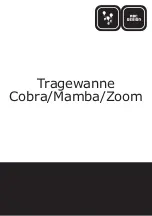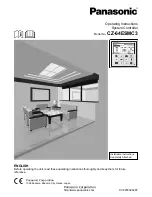
1. INTRODUCTION
1.1.4.4.
Single CPU with Remote Rack Expansion and Loopback
This architecture is based on the previous one with a base rack (where the CPU is placed) and remote racks. The commu-
nication between the base rack and remote racks is also made via the bus expansion module. The only difference is that the
outgoing data port in the last bus expansion module is connected to the base rack expansion module incoming data port. This
architecture allows the system to keep the I/O access even in the case of a single failure on extension cables. The CPU will
detect the damaged cable, re-route the internal data paths to override this failure and generate user diagnostics. This feature is
interesting for fast maintenance with the system powered on and it increases the overall system availability.
When this kind of architecture is used, it is important to remember that in case of Nexto modules usage, only this type
of module can be used in the local and/or expansion rack. The same is true in case of Nexto Jet modules usage. The next
architectures that follow in Figure
and Figure
are examples with Nexto and Nexto Jet modules.
This architecture is intended for medium to large applications, where the number of I/O points is high and there is the need
of higher availability.
Figure 7: Single CPU with Remote Rack Expansion,
Loopback and Nexto Modules
Figure 8: Single CPU with Remote Rack Expansion,
Loopback and Nexto Jet Modules
8















































